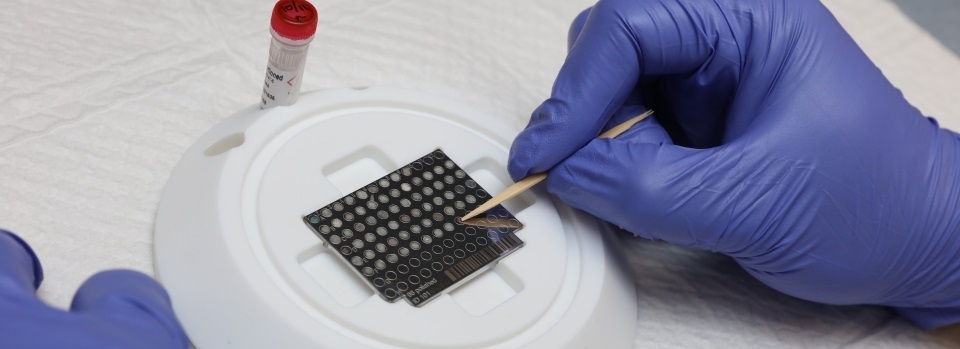Welcome to the CityU Veterinary Diagnostic Laboratory
The mission of the CityU Veterinary Diagnostic Laboratory (CityU VDL) is to provide a
comprehensive veterinary diagnostic service to
the veterinarians and researchers
of Hong Kong. As the Jockey Club College of Veterinary Medicine and Life Sciences (JCC)
develops the Bachelor of Veterinary Medicine programme
and students enter the clinical years of their course, the CityU VDL will contribute to
veterinary teaching. The CityU VDL is also in
a unique position to offer support into animal disease research. Scholarly publication,
interdisciplinary collaborations, and local
veterinarian engagement via continuing education events will be encouraged.
Collaboration with medical professionals will provide
opportunities for diagnosis and research into zoonotic diseases under the “One Health”
concept.
The CityU VDL is operated by specialist veterinary diagnosticians, using the Animal
Health Diagnostic Center (AHDC) of Cornell
University's College of Veterinary Medicine standards, and is committed to providing
accurate, timely and user-friendly
testing services to the veterinary community of Hong Kong and the region. With the
increasing size and sophistication of the Hong Kong
veterinary community and the drive to modernize veterinary medicine, a world-class
veterinary diagnostic laboratory will aid the
advancing veterinary community.
CityU VDL Service Update
-
Please see
Available Test
for the full test list.
-
2025 full service and price list available. Please contact us at 3442-4849 for a
copy delivered to your clinic.
-
Carbonless paper submission forms now available. Please contact us at 3442-4849
for a copy delivered to your clinic
